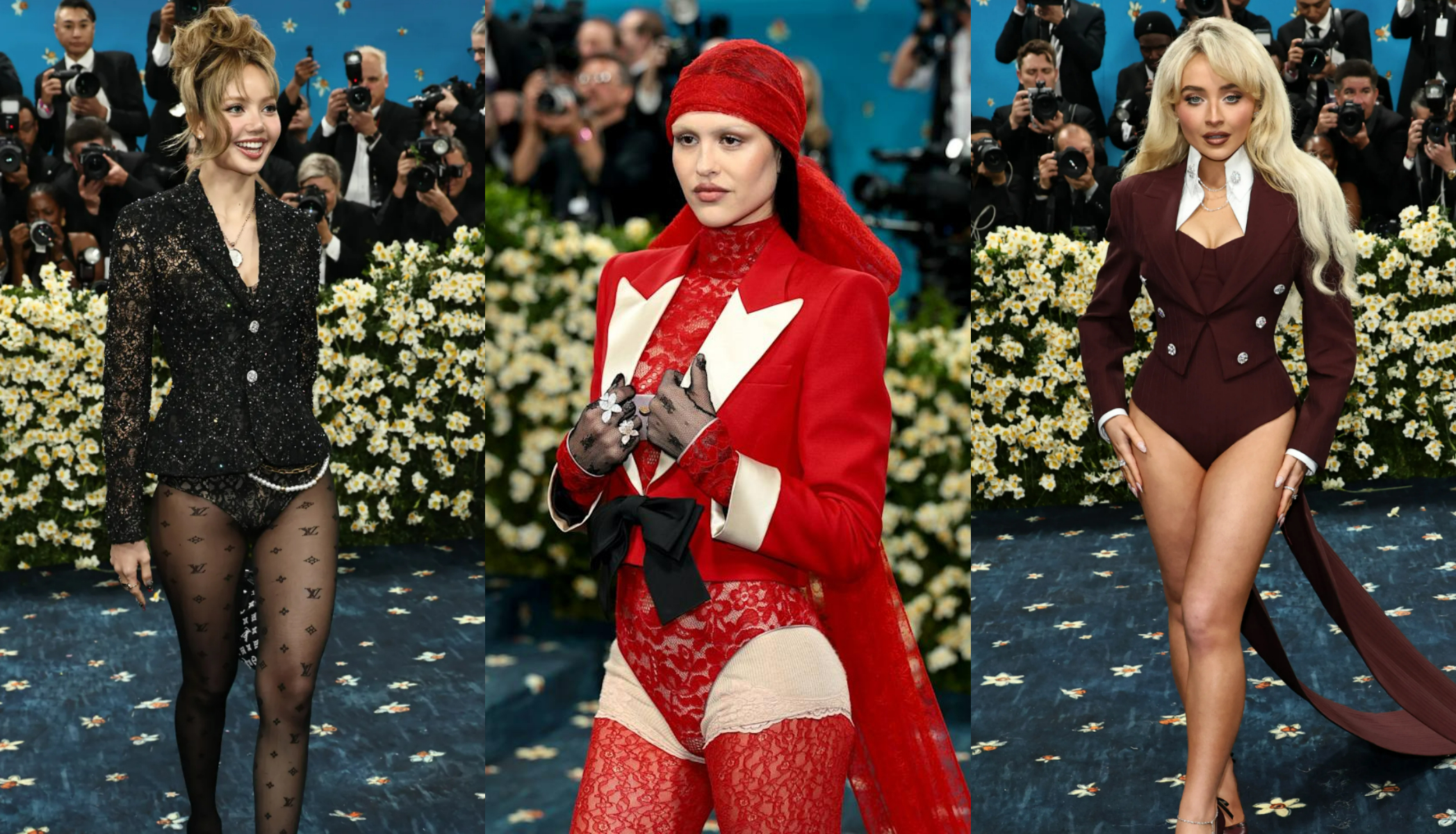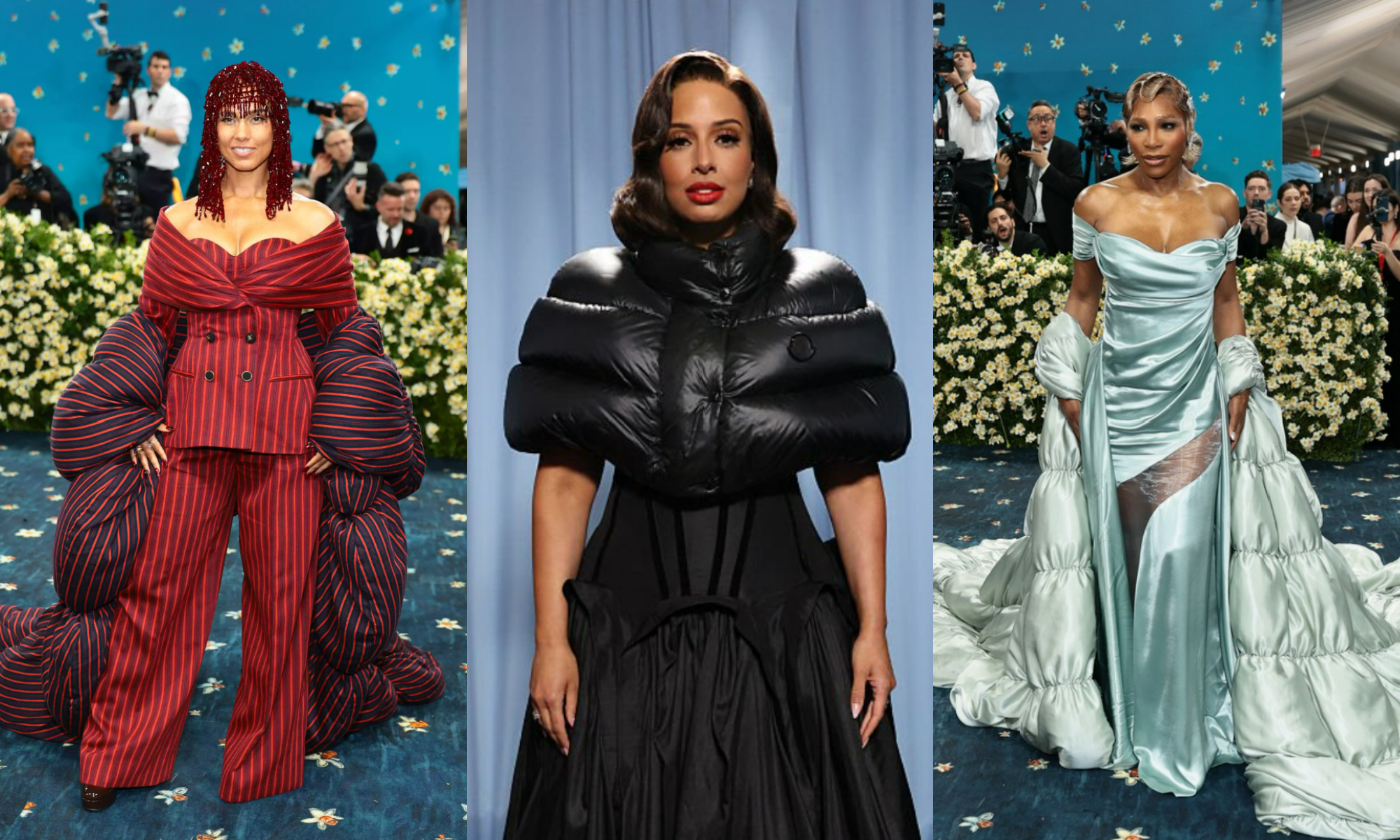Trendspotting at the 2025 Met Gala: Fashion’s biggest night sends mixed signals
While some stars nailed the theme with street-savvy capes and powerful headpieces, others missed the mark with barely-there bodysuits and off-theme confusion
The 2025 Met Gala has come and gone, and while the theme “Superfine: Tailoring Black Style” had the potential to be one of the most visually and intellectually stimulating in years, the execution left much to be desired. Let’s be honest: this year’s red carpet was underwhelming. Somewhere between the lack of risk and a shocking misinterpretation of the theme, most guests played it either too safe or too strange.

Still, the Met Gala remains fashion’s biggest night, and even when the fashion misses, the trends tend to stick. So here are the three key style directions we spotted on the carpet — bold, brilliant, and just baffling. Will they shape the coming season? Probably. Should they? That’s up for debate.
No pants
Once a cheeky subversion of propriety, “underwear as outerwear” has now become the laziest form of fashion rebellion. This year’s Met carpet saw no shortage of lingerie-inspired looks, but few offered anything close to elegance, or relevance.
The most controversial of the night? Blackpink’s Lisa, who donned an embroidered bodysuit that depicted Black historical figures, including what many online identified as Rosa Parks. The backlash was swift. “Rosa Parks underwear” trended on social media within minutes. And while fans have claimed an apology was issued, no such public statement has been made. Whether it was a misguided tribute or simply a tone-deaf decision, the look failed to meet the moment or the theme. Sabrina Carpenter wasn’t far behind. Sticking to her tour aesthetic, she wore what looked like a brown bathing suit with a casual jacket thrown over it. If there was a message, it didn’t land. If there wasn’t, then why wear it to the Met? Similarly, model Amelia Gray took her full red lace Valentino ensemble way too far — lace bodysuit on top of visible lace brief paired with a…durag?

Bottom line? Wearing your underwear on the outside is only a statement if it says something. Otherwise, it’s just... underwear.
Puffer capes
Now this was a surprise hit. Puffer outerwear has been floating around the high-fashion space for years now, but the presence of puffer capes and ponchos at this year's Gala proved that cosy can still be couture, when styled right. Serena Williams, Nessa Diab and Alicia Keys all leaned into the puffer look, and the results were glorious. The drama of a sweeping cape paired with the cultural weight of streetwear was the perfect marriage of Dandyism and modern Black style. Alicia Keys’ puffer poncho, in particular, brought a cool New York edge that felt both personal and thematic.

Unlike some of the other trends of the night, the puffer cape felt intentional. It nodded to utility, history, and bold fashion. It’s wearable, it's editorial, and it's likely here to stay.
The rise of the headpiece
Forget your clutch, this year, the statement accessory was worn above the eyes. Headwear stole the show in every imaginable form: beaded veils, oversized hats, sculptural cages. Whether cultural, camp, or couture, stars went all-in on the head.
Alicia Keys wore a stunning red beaded headpiece by Moncler that matched her pinstriped power suit — a moment of true cohesion. Rihanna, Kim Kardashian and Jodie Turner-Smith opted for wide-brimmed hats that anchored their looks with visual weight. Of course, there were a few durags on the carpet with Teyana Taylor who sported one that felt rooted in authenticity. And then there was Wendi Deng Murdoch, who wore what can only be described as a metal cage for a crown. Avant-garde or absurd? That’s for the fashion scholars to debate. The takeaway? The headpiece isn’t just an accessory anymore — it’s the moment.

This year’s Met Gala may not have wowed, but it certainly waved a few flags for upcoming fashion movements. The danger, however, is in confusing a recurring motif for a meaningful one. Just because it was spotted doesn’t mean it was successful, and certainly doesn’t mean it should be replicated.






